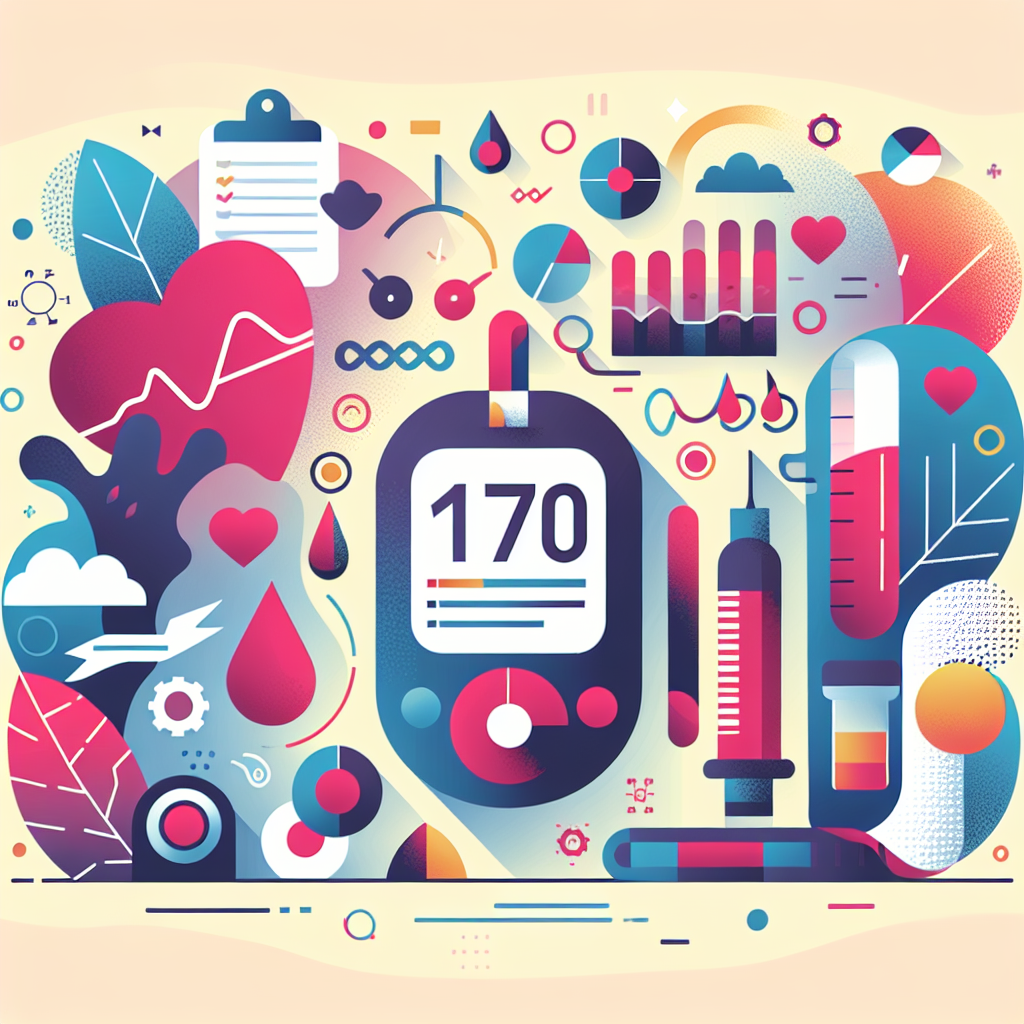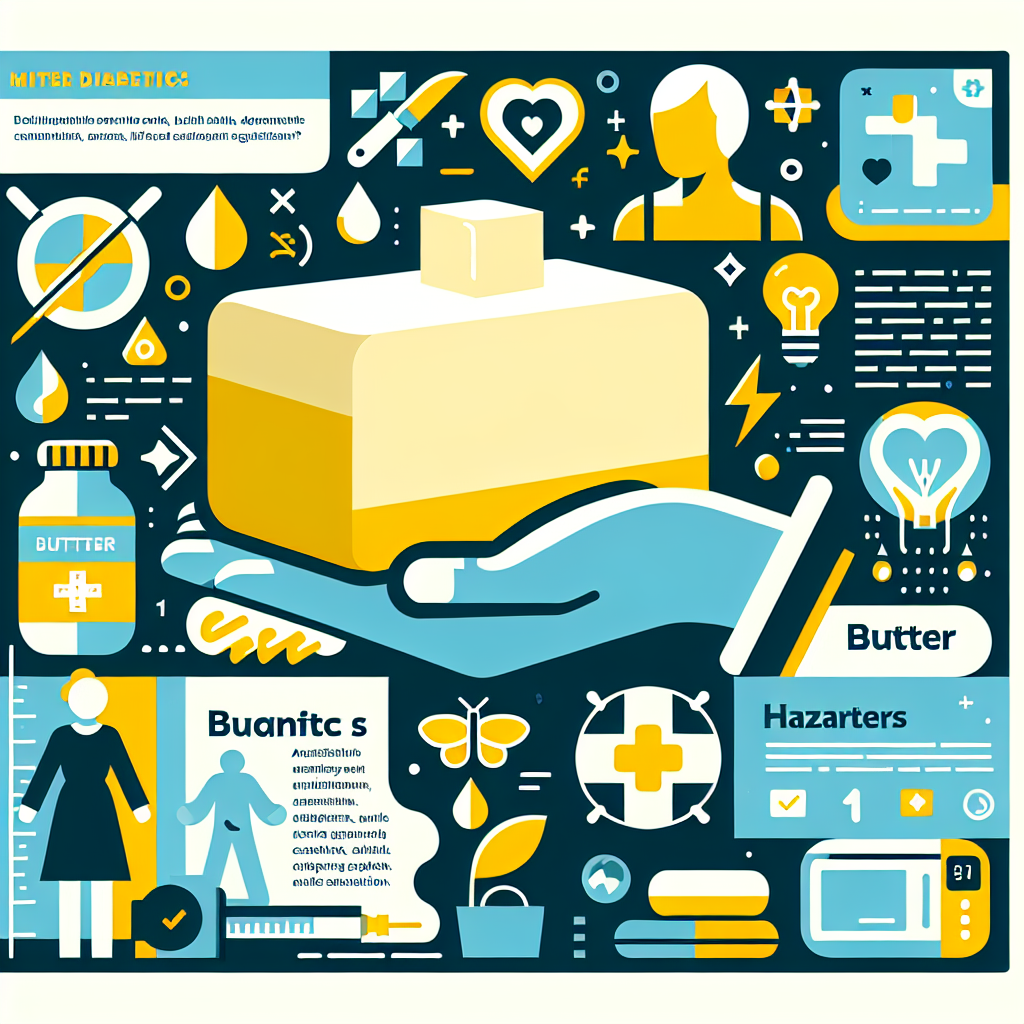When someone asks “is squash good for diabetics” they’re usually thinking about blood sugar, portion sizes, and how a cozy fall vegetable fits into a glucose-friendly meal plan. Squash—including varieties like butternut, acorn, pumpkin, and spaghetti—offers fiber, vitamins, and a relatively low-to-moderate glycemic load when eaten in sensible portions. This article breaks down the benefits and risks, and gives practical tips to make squash a helpful part of diabetes management.
Is squash beneficial for people with diabetes?
Not all squash is created equal, but many types can be included in a diabetes-friendly diet. Squash provides complex carbohydrates, dietary fiber, vitamin A precursors (beta-carotene), vitamin C, and minerals such as potassium. The fiber helps slow digestion and can blunt post-meal blood sugar spikes, especially when squash is eaten with protein or healthy fats.
Benefits of adding squash to your meals
- Low to moderate carbohydrate density: A typical cooked cup of winter squash contains about 15–22 grams of carbohydrate, much of it from starches and natural sugars but balanced by fiber.
- Fiber and satiety: Fiber content supports fullness and steadier glucose response, which helps with appetite control and glycemic management.
- Micronutrients: Squash is a good source of vitamin A (important for eye health), vitamin C, and potassium, which support overall metabolic health.
- Versatility: Roasting, steaming, pureeing, or using squash as a base for soups and stews makes it easy to pair with lean proteins and healthy fats for balanced meals.
Risks and cautions to consider
- Portion size matters: Large servings of starchy squash can increase carbohydrate intake enough to raise blood glucose—measure portions and account for them in your meal plan.
- Preparation methods: Adding sugar, honey, sweet glazes, or high-fat toppings can negate the benefits. Choose simple cooking methods like roasting with olive oil and herbs.
- Individual glucose responses vary: Some people may see larger blood sugar increases from certain squashes than others. Test your blood sugar after trying a new squash recipe to learn your response.
- Kidney considerations: High potassium content in some squash may be a concern for people with advanced kidney disease—review potassium limits with your clinician.
Is butternut squash good for diabetics?
Butternut squash is one of the most common varieties and often asked about explicitly: is butternut squash good for diabetics? It can be, when consumed in appropriate portions. Butternut is slightly sweeter and denser than summer squash, so count its carbohydrates accordingly and pair it with protein or healthy fat to moderate the glucose impact. Roasted cubes tossed with chickpeas, a sprinkle of pumpkin seeds, and a side of grilled fish make a balanced plate.
Practical tips for enjoying squash with diabetes
- Watch portions: Aim for about 1/2 to 1 cup cooked squash per serving when fitting into a carbohydrate-controlled meal plan, depending on your personal needs and medication.
- Combine wisely: Add lean protein (chicken, tofu, fish) and healthy fats (olive oil, avocado) to slow carbohydrate absorption.
- Prefer whole or roasted: Whole, fresh, or frozen squash adds fiber and fewer additives than canned varieties with syrups or sauces.
- Test and track: Check your blood sugar 1–2 hours after eating squash to understand your personal response and adjust portions.
- Flavor without sugar: Use herbs, spices, citrus zest, and vinegar instead of sweet glazes or sugary sauces.
Meal ideas and simple swaps
- Swap mashed potatoes for mashed roasted squash to lower glycemic impact while keeping comfort food vibes.
- Make a chunky squash and lentil stew—lentils add protein and further fiber to stabilize glucose.
- Use thinly sliced spaghetti squash as a pasta substitute topped with tomato-based sauce and grilled vegetables.
For broader strategies on managing carbohydrate intake, medications, and lifestyle changes alongside dietary choices like squash, see our comprehensive guide on diabetes care: descriptive anchor text. For official dietary guidance and tips on healthy eating with diabetes, the CDC offers practical resources and meal-planning advice at CDC: Eat Well for Diabetes.
How to monitor and personalize
Everyone metabolizes carbohydrates differently. Use a glucose meter or continuous glucose monitor if you have one to track how squash affects your postprandial numbers. Keep a simple food log noting the squash type, portion, preparation method, and your blood sugar readings one and two hours after eating to identify patterns.
- Takeaways:
- Squash can be included in a diabetes-friendly diet when portioned and prepared thoughtfully.
- Pairing with protein and healthy fats reduces blood sugar spikes.
- Butternut squash is fine in moderation—account for its carbohydrate content.
- Monitor your individual response and consult your healthcare team if you have kidney concerns or complex medication regimens.
Can people with diabetes eat squash every day?
Yes, many people can eat squash daily as part of a balanced diet, but keep portions reasonable and vary your vegetables to ensure a wide nutrient intake. If you’re on insulin or medications that lower blood sugar, coordinate carbohydrate counting with your treatment plan.
Does cooking method change the effect on blood sugar?
Cooking can affect digestion speed—pureed or mashed squash may raise blood sugar faster than cubed, roasted squash because it’s more processed and easier to digest. Choose less-processed preparations and combine with protein to moderate the response.
Is canned squash a good option?
Plain canned squash without added sugars can be convenient, but always check labels for syrups or sweeteners. Fresh or frozen without additives is generally preferable for blood sugar control.






